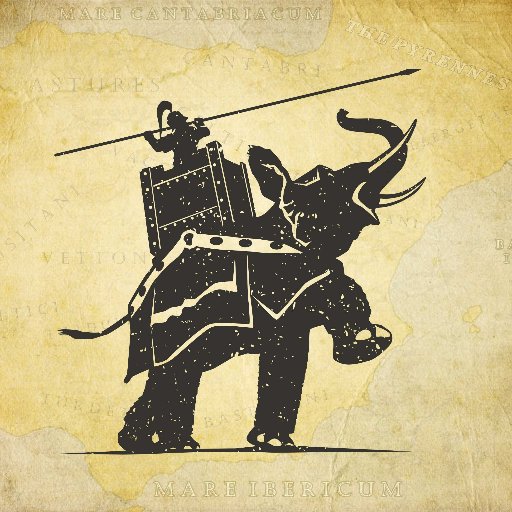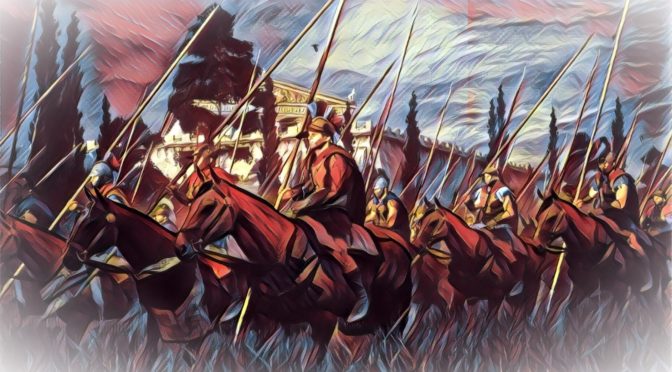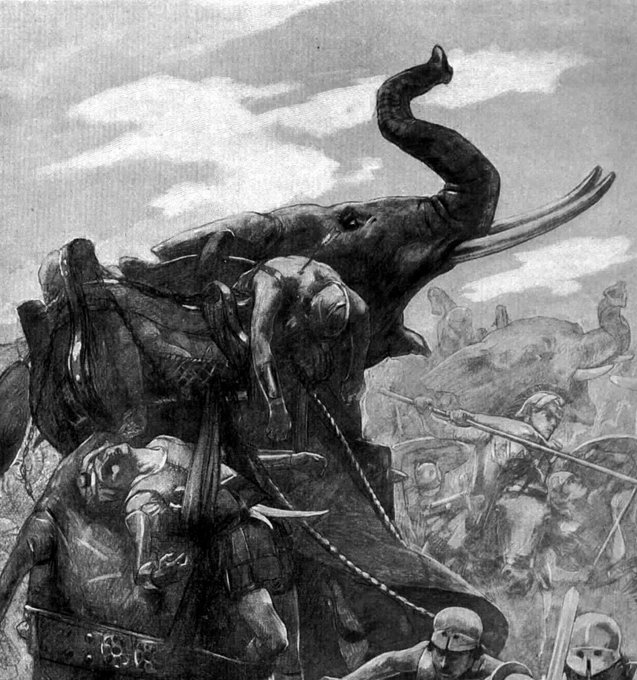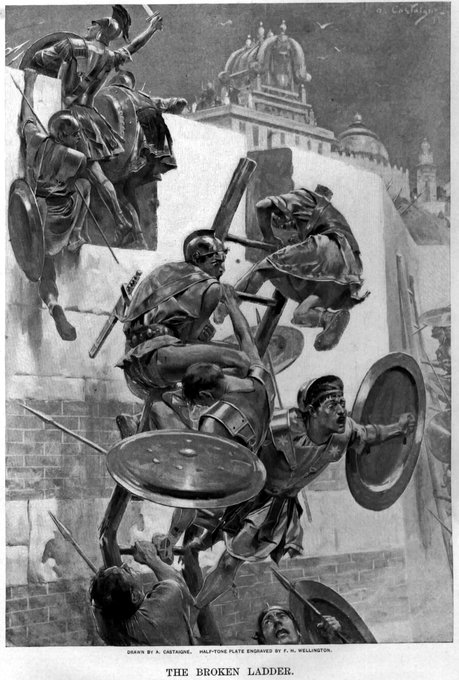The first clash of wits between Antigonus and Eumenes occurred in early Spring 320 BC. Hoping to surprise his foe at Sardis, Antigonus hoped to capture Eumenes with a lightening advance. The Cardian received a tip off, escaping before Antigonus could tie off his escape route.
A man with traces of royal blood flowing through his veins, Perdiccas was a member of one of the most prestigious families in Macedonia. He hailed from Orestis, a region on Macedonia’s southwestern fringes where his family held great influence.
My enemy's enemy is my friend. In early 320 BC - noticing their shared animosity toward the elderly viceroy Antipater - Perdiccas and the Aetolians forged an alliance. Together they would oppose Antipater and his allies during the First Successor War.
📖 https://t.co/ShtjP8BjCN
Perdiccas’ noble background had ensured he was raised for war since childhood and by the time he had reached his 26th year, the Orestian prince had risen to command one of Alexander the Great’s infantry battalions
'So it was that Macedonia, her leaders split between warring factions, armed herself to stab her own vitals, turning her sword from war against a foe to shed the blood of countrymen, and ready, like the insane, to lacerate her own hands and limbs'.
📖 https://t.co/6GOX6jX1gH
Alexander the Great and his early Successors favoured lightening assaults on cities rather than prolonged sieges. Scaling ladders were regularly used to assault fortifications, while elephants were also used to tear down wooden palisades.
📖 https://t.co/6zdn6QM5KZ
King Antiochus III showed remarkable heroism at the Battle of the Arius River in 208 BC. Knowing that the fate of the battle depended on holding off the enemy cavalry force long enough for his army to form up he fought in the thickest of the action with his royal guard
Over the winter of 322 / 321 BC Eumenes, the new governor Cappadocia, embarked on an astonishing recruitment campaign. Within a couple of months he had mustered 6,300 cavalrymen, all loyal to him - well-trained and well-equipped.
📖 https://t.co/x5gWdygraw
Alexander the Great mainly used his artillery machines to provide covering fire for his troops. They were manned by teams of specialised artillerymen
Artwork by © @CogitoEdu
Perdiccas and his phalanx battalion proved their worth in several engagements during Alexander the Great's campaigns: from storming Thebes to accompanying Alexander on his gruelling night march across Zagros mountain passes as they circumnavigated a strong Persian defence
















